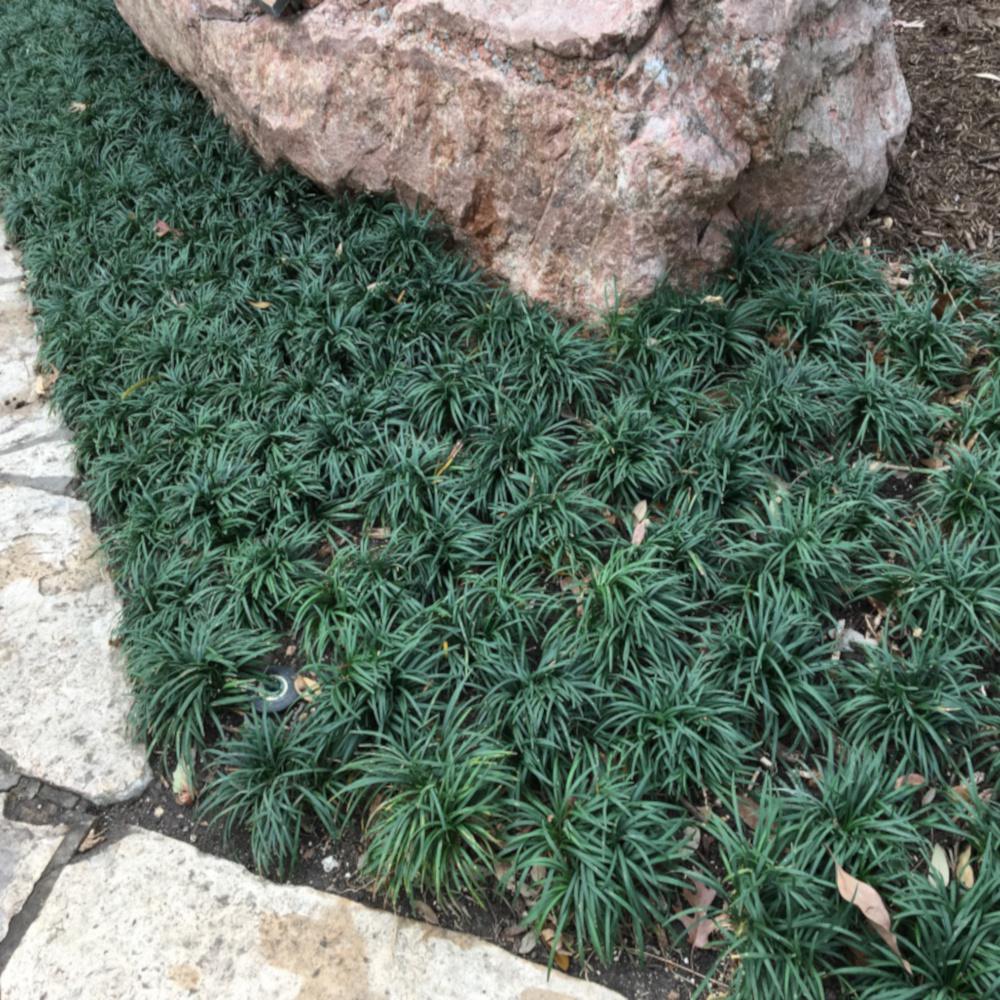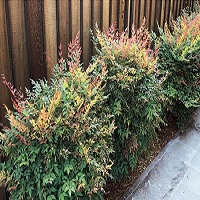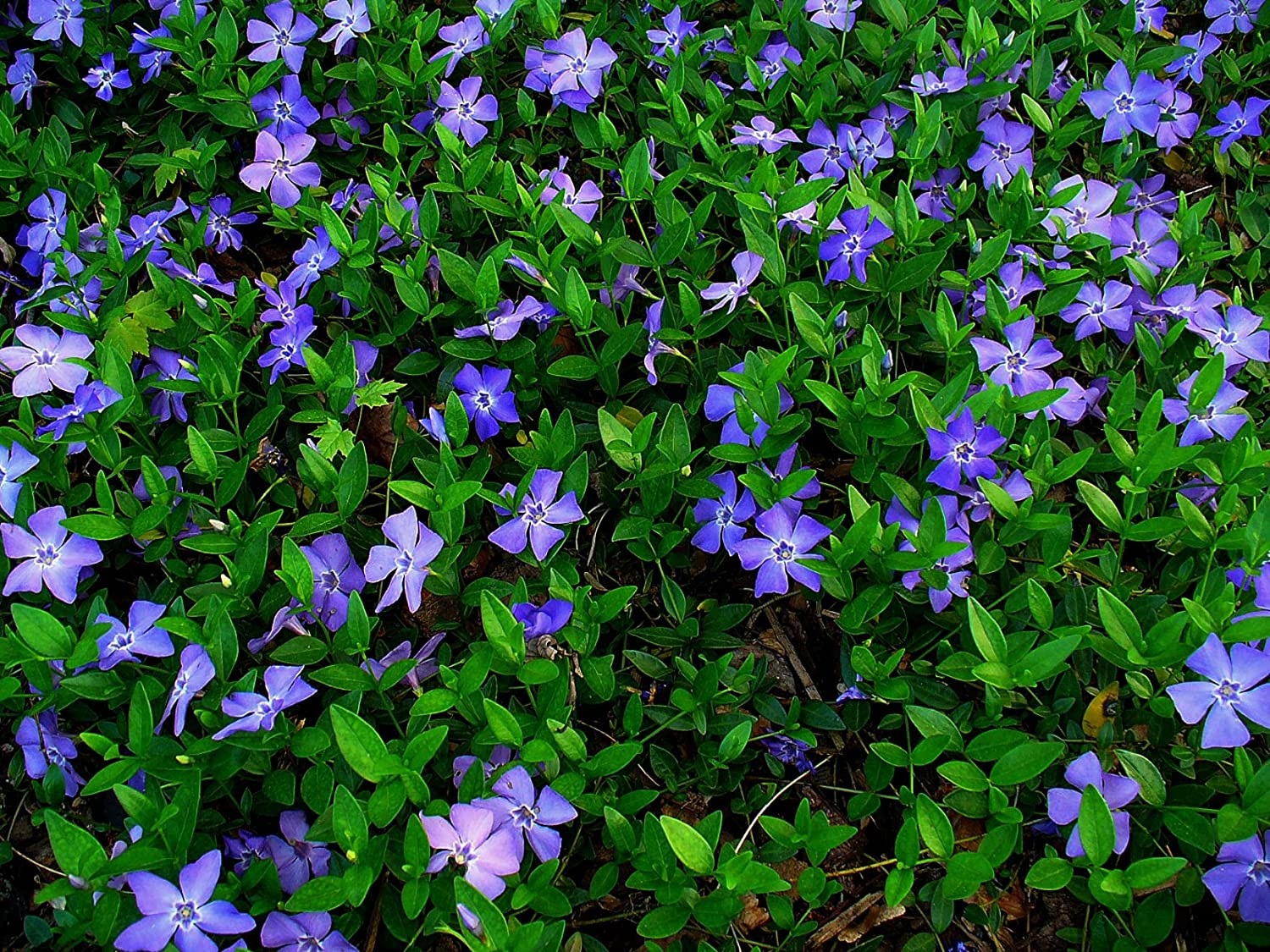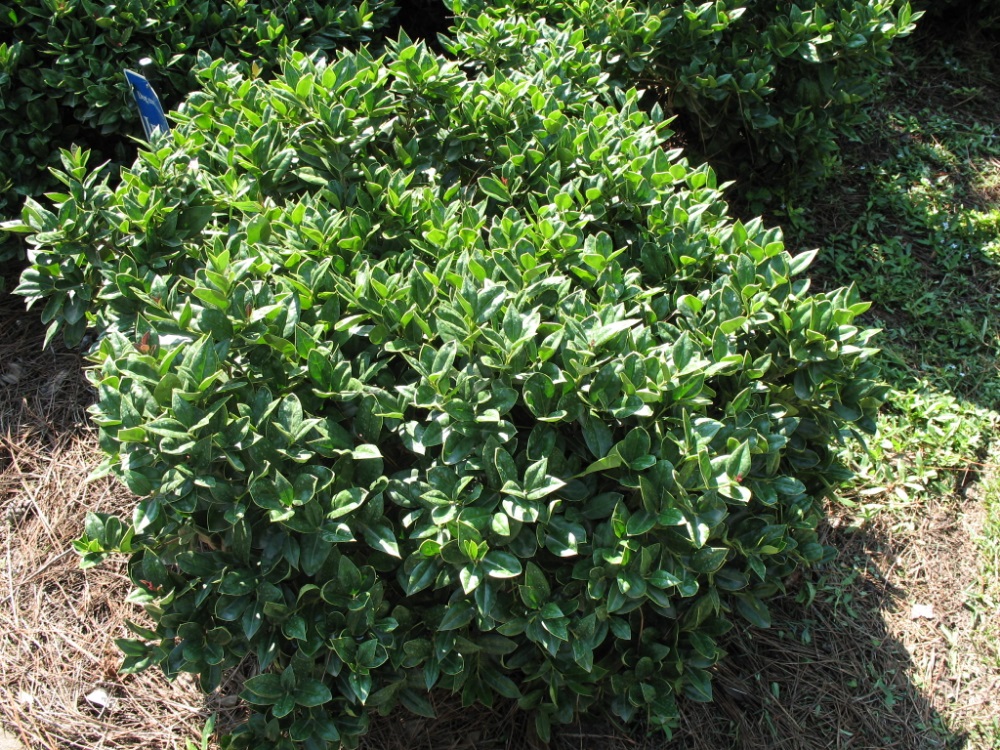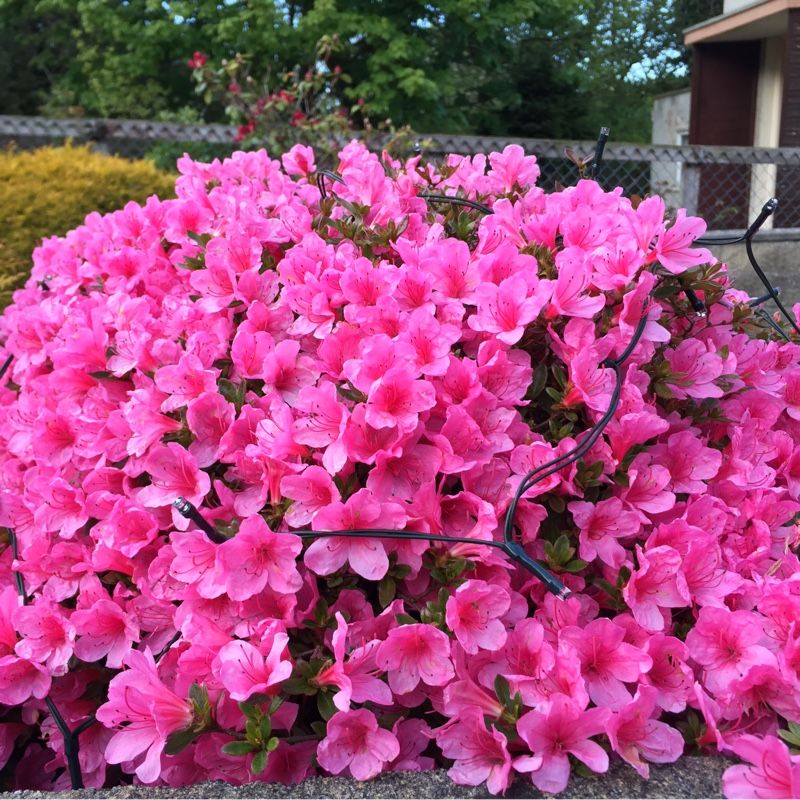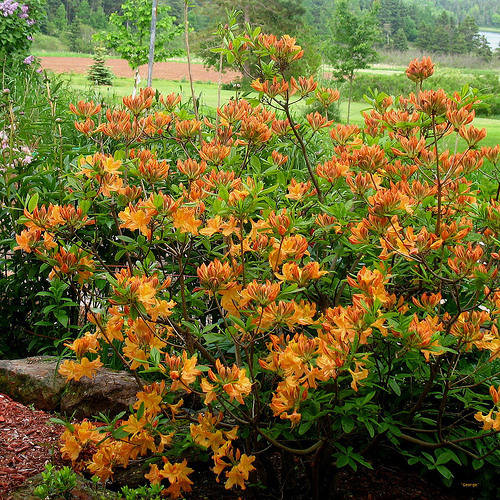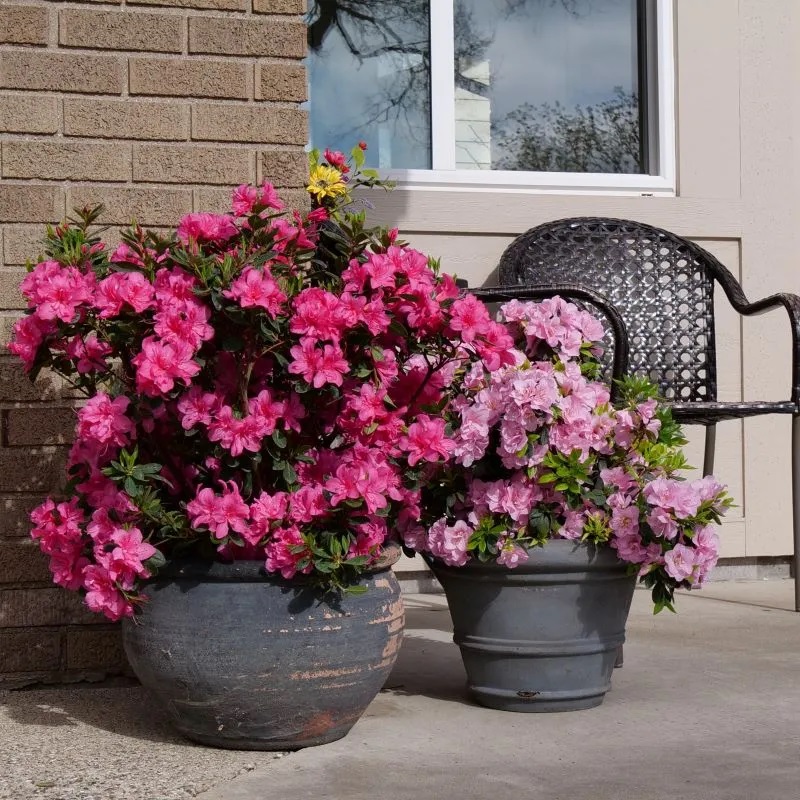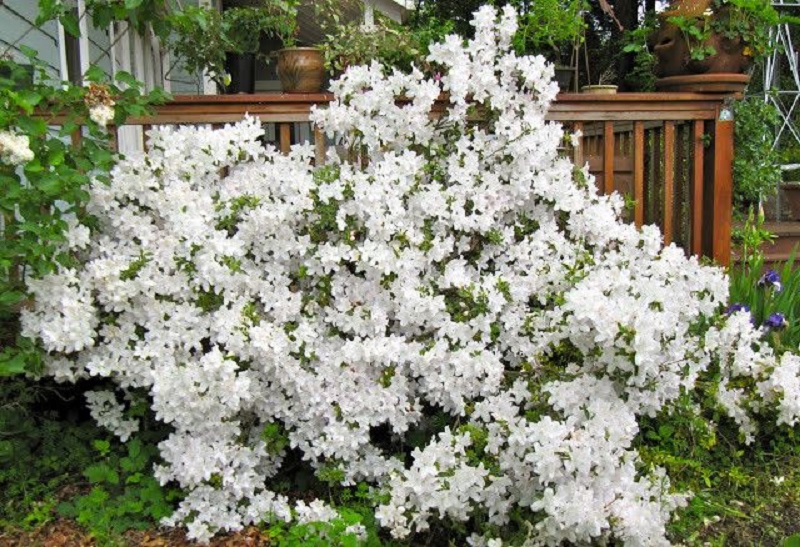Azaleas Azaleas are in the plant genus of rhododendrons. Over 10,000 different azaleas have been named so there are a large selection of sizes, flower colors, and bloom times to choose from when selecting an azalea plant. A wide variety of flower colors and patterns are also offered in the azalea family. There are deciduous azaleas and evergreen azaleas. The evergreen azaleas are mostly natives of Japan. Azaleas do not like "wet feet’. Provide good drainage by planting azaleas with the tops of their root balls a few inches above the ground level and then mound soil up to the plants. Water needs are dependent on soil types, temperatures, winds and sunlight. Keep the root systems moist. In a dry fall, water heavily after a good frost. To avoid cutting off next year's flower buds, do major pruning of azaleas soon after they bloom. Established azaleas typically do not need any additional fertilizer if the azaleas are kept well mulched. The humus from the decomposing mulch provides adequate nutrients for the azaleas. If you do fertilize, it is best to apply it between late fall and early spring when the plants are dormant. Avoid fertilizing after June, to keep from pushing plants into active growth before the winter cold. The late growth is susceptible to frost and freeze damage. Soil acidity (pH) for azaleas should be in the range between a low of 4.5 and a high of 6.0 for best results. Azaleas can be used in many ways in landscapes. They can be used as specimen plants or focal points, foundation planting, hedges, screens, and container plants. They can be placed in borders and beds, and along paths and driveways. Azaleas have so much versatility because of their varied characteristics of plant size, flower colors and bloom times. |

